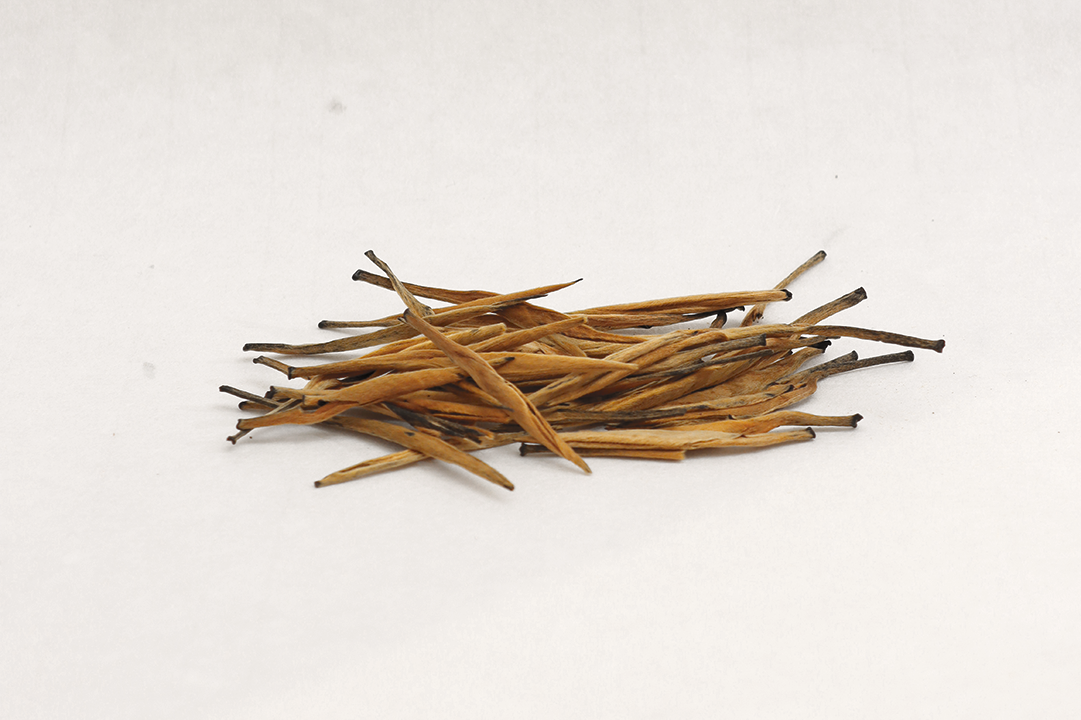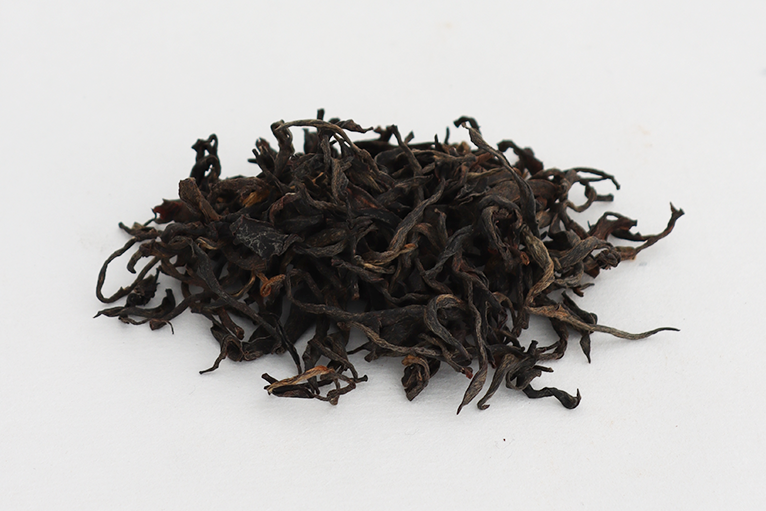CLASSIFICATION OF CHINESE RED TEA
# # #
As one of the six major tea categories in China, red tea is also the tea category with the largest trade volume in the international tea market, and plays an important role. Red tea originated in China. We will introduce the basic knowledge of Chinese red tea from the aspects of production method, variety and origin:
Classification by manufacturing method:
Zheng’shan Xiao’zhong red tea:
Zheng’shan (Zheng mountain) Xiao’zhong (small breed) red tea is mainly based on Zheng’shan, which some say is the origin of the world's red tea. The Zheng’shan Xiao’zhong referred to here is a traditional smoked small breed produced in Tongmu Village, Wuyi Mountain, Fujian.
Gongfu red Tea:
Gongfu(Kongfu) red tea is the mainstream of the red tea industry. Except for the Souchong red tea in Fujian, the red tea in almost all red tea producing areas in China belongs to Gongfu red tea. And so on, including the Fujian production area, there are also Tanyang, Bailin, Zhenghe Gongfu. Because the production and processing is time-consuming and the process is complicated, "gongfu" comes from this hard working process.
Fragmented red tea:
Fragmented red tea does not refer to a specific variety, but a process in which the tea leaves are cut into granules or flakes, and then sieved. Fragmented red tea is mainly for export. As mentioned earlier, red tea is currently the tea with the largest trade volume in the international tea market, and its main product is fragmented red tea.
The three types of red tea also represent three different production processes. From the point of view of the process alone, the production process of Zhengshan Xiaozhong red tea and Gongfu red tea is roughly similar, but the process of "smoking" is added to the withering and drying process of Zhengshan Xiaozhong red tea. With its unique smoky flavor, most of the Zhengshan Xiaozhong on the market today is not smoked, which is basically the same as the craft of Gongfu red tea. The finished tea leaves are in the shape of strips, also known as "red strip tea".
The production of fragmented red tea is relatively simple, and the production has been completed with a continuous machine line.
Distinguish by leaf size:
Small-Leaf Species:
Representative varieties: Zhengshan Souchong, Minhong Gongfu
Main producing area: Fujian Province
Middle-Leaf Species:
Representative varieties: Qimen black tea
Main producing area: Anhui Province
Large-Leaf Species:
Representative varieties: Dianhong, Yingde black tea
Main producing areas: Yunnan, Guangdong
Three different leaf species should be strictly distinguished. Small-leaf species and middle-leaf species can actually be regarded as one faction, while large-leaf species are their own. The tea leaves produced by the two have an obvious style, the medium and small leaf species have a soft aroma and delicate taste; the large leaf species have a strong aroma and a thick taste.
By region of origin:
Fujian: Zhengshan Xiaozhong red tea (Zhengshan Souchong, Jin Junmei, etc.) Zhenghe Gongfu, Tanyang Gongfu, Bailin Gongfu;
Guangdong: Yingde red tea;
Anhui: Qimen red tea;
Sichuan: Yibin red tea;
Yunnan: Dianhong (Lincang)
Hubei: Yihong (Yichang)
Jiangxi: Ning Hong (Shuishui)
Hunan: Huhong (Anhua)
Zhejiang: Jiuqu Hongmei (West Lake)
Jiangsu: Su Hong (Yixing)
Guizhou: Qianhong (Meitan)
Guangxi: Guihong (Lingyun)
Hainan: Hainan Black Tea (Wuzhishan)
Taiwan: Yuchi red Tea (Nantou)
Isn't it surprising that there are so many varieties of black tea. ︎

Photography by Ming Yuan






